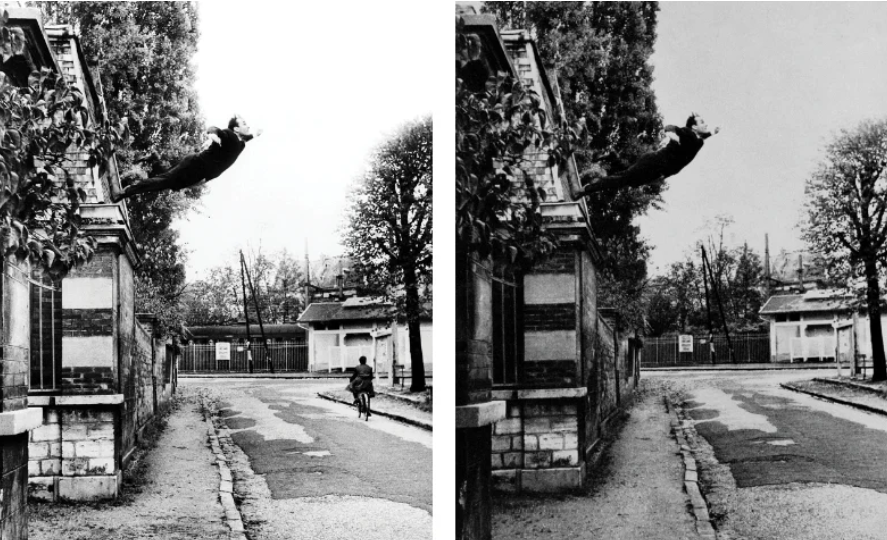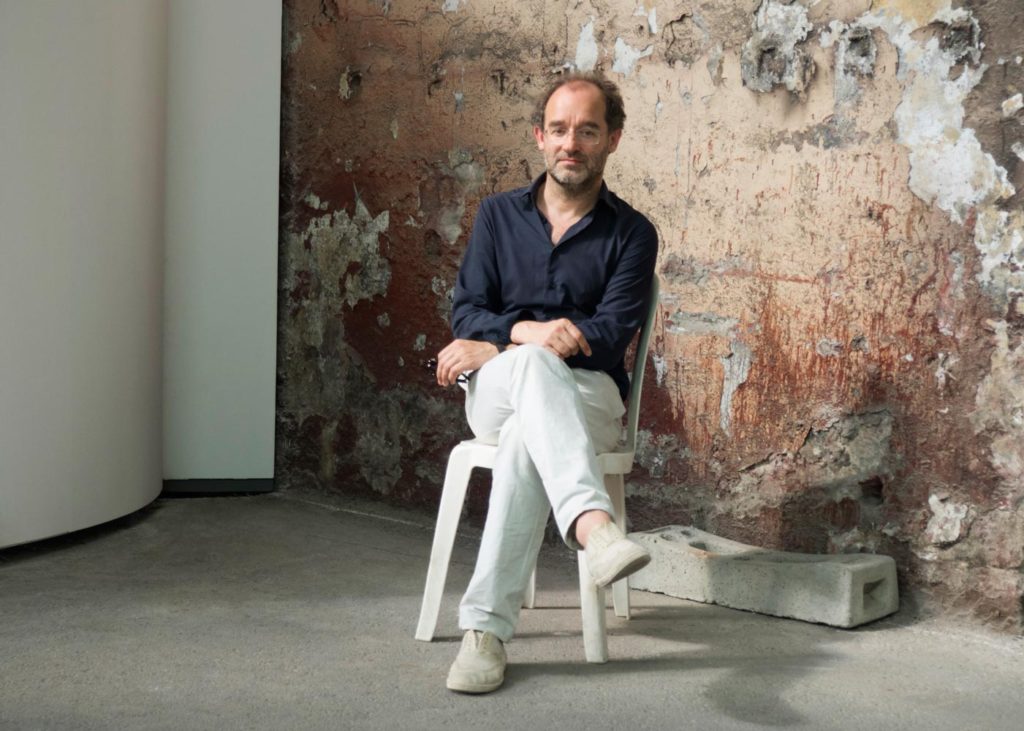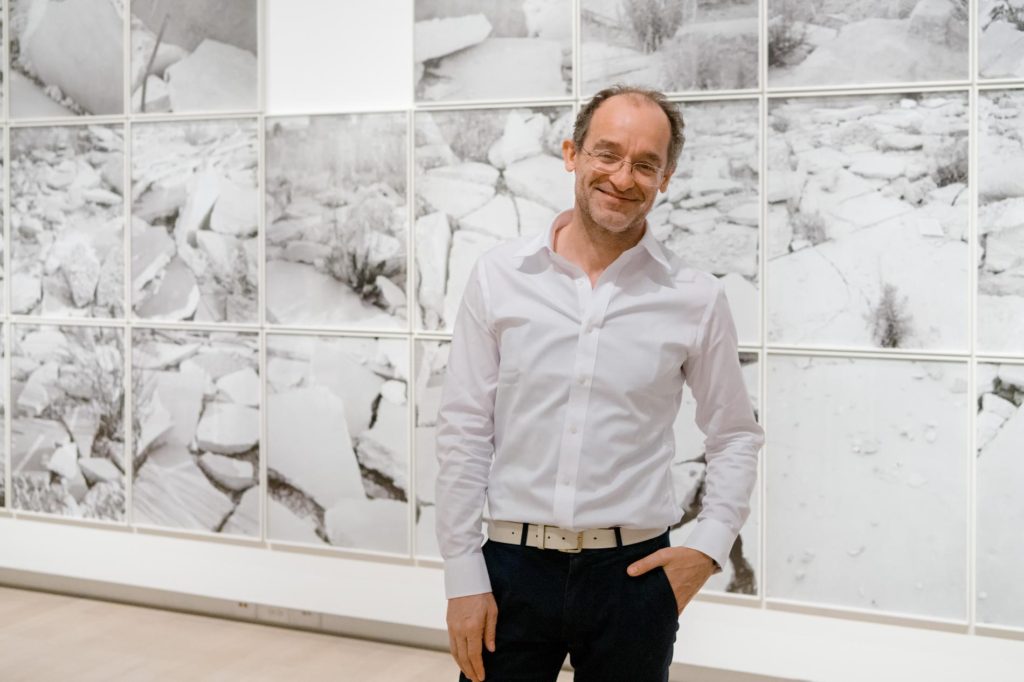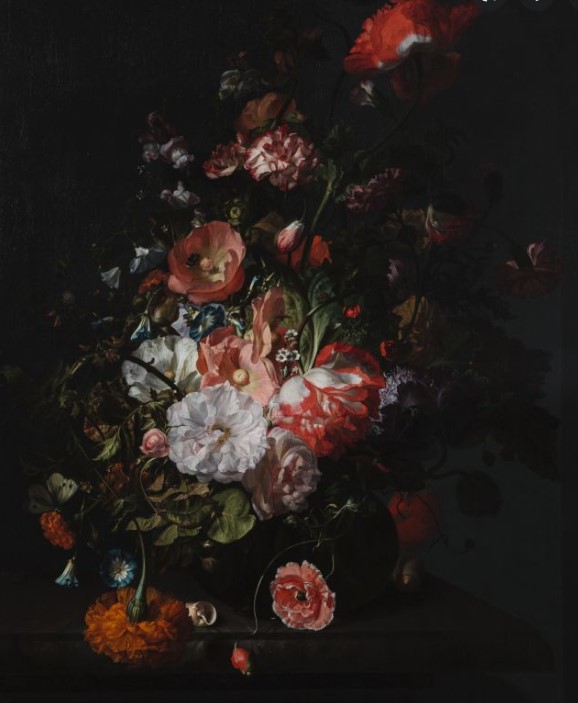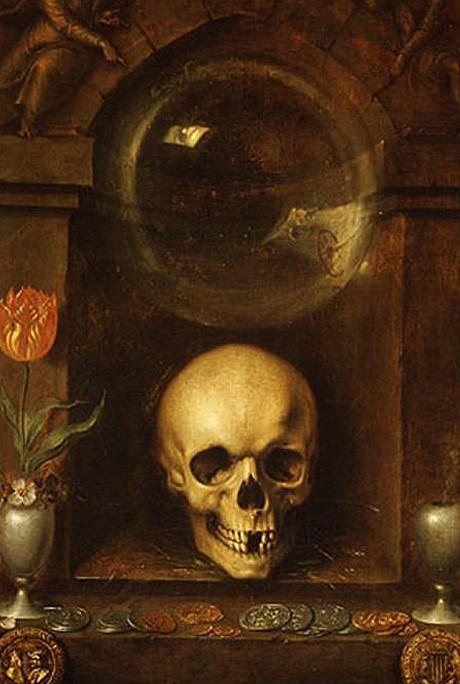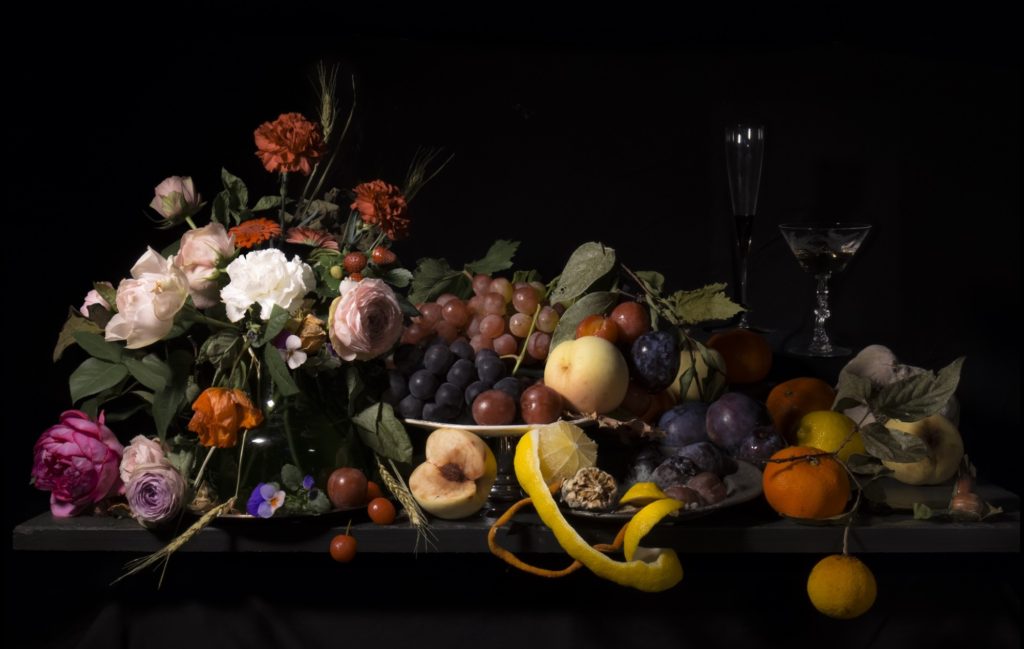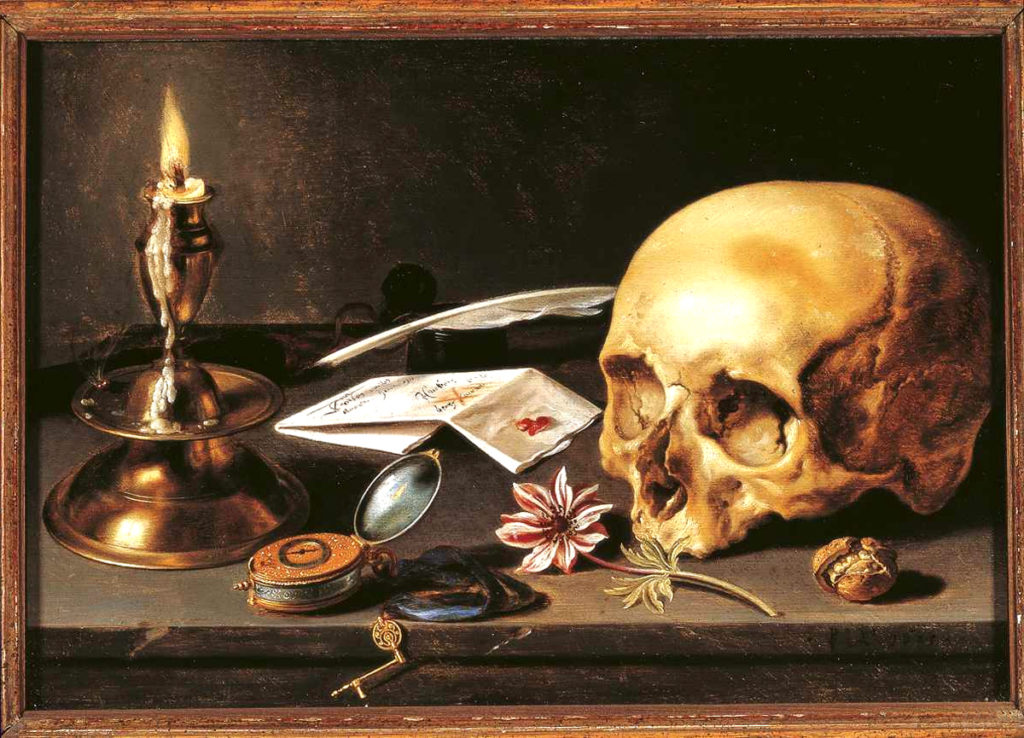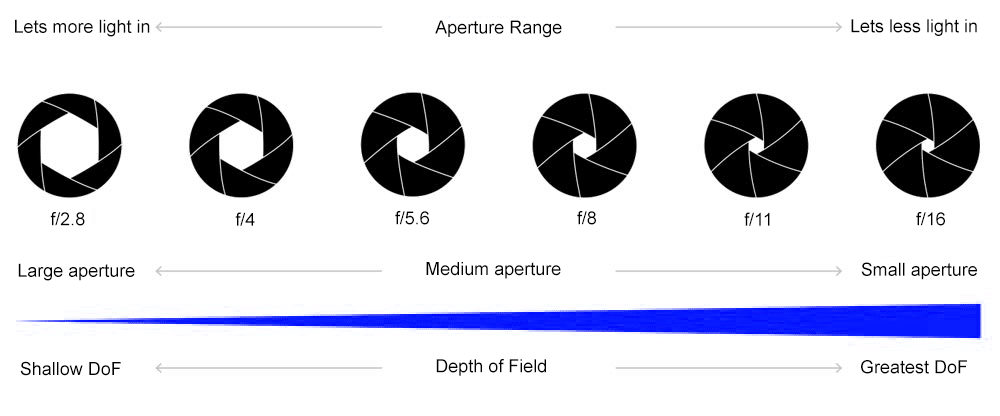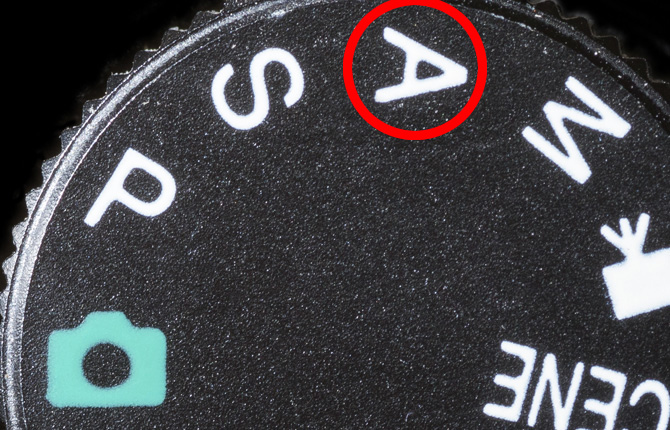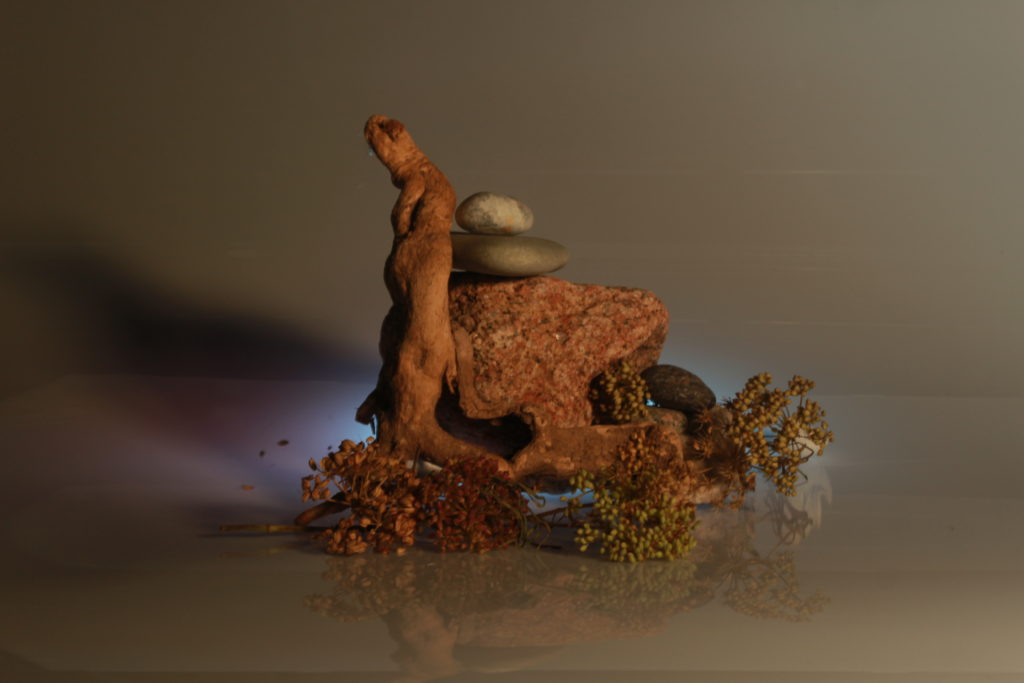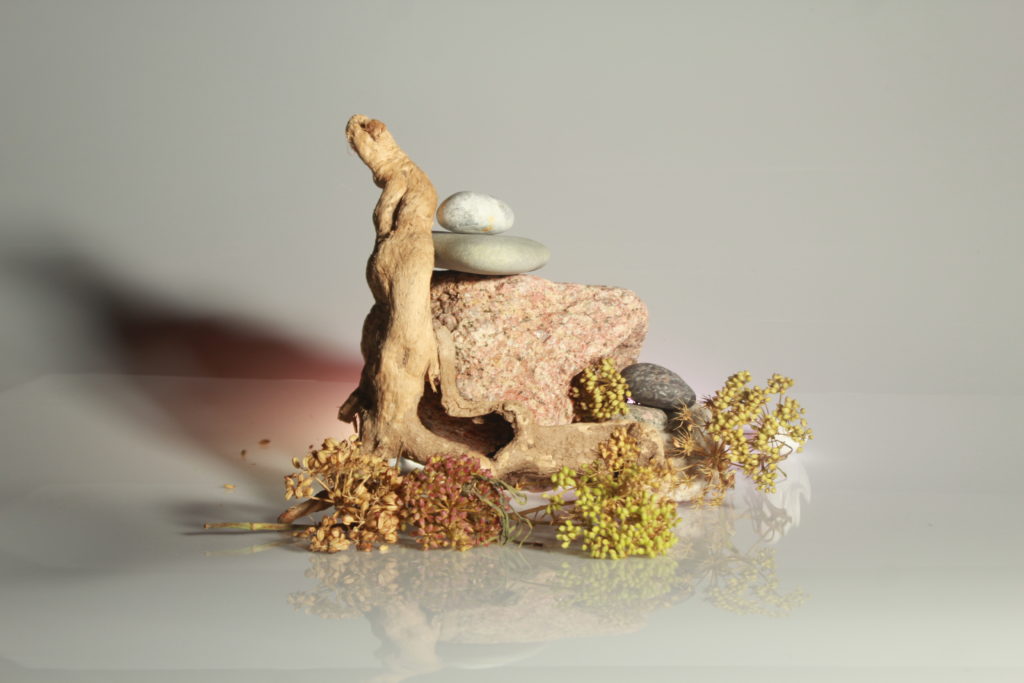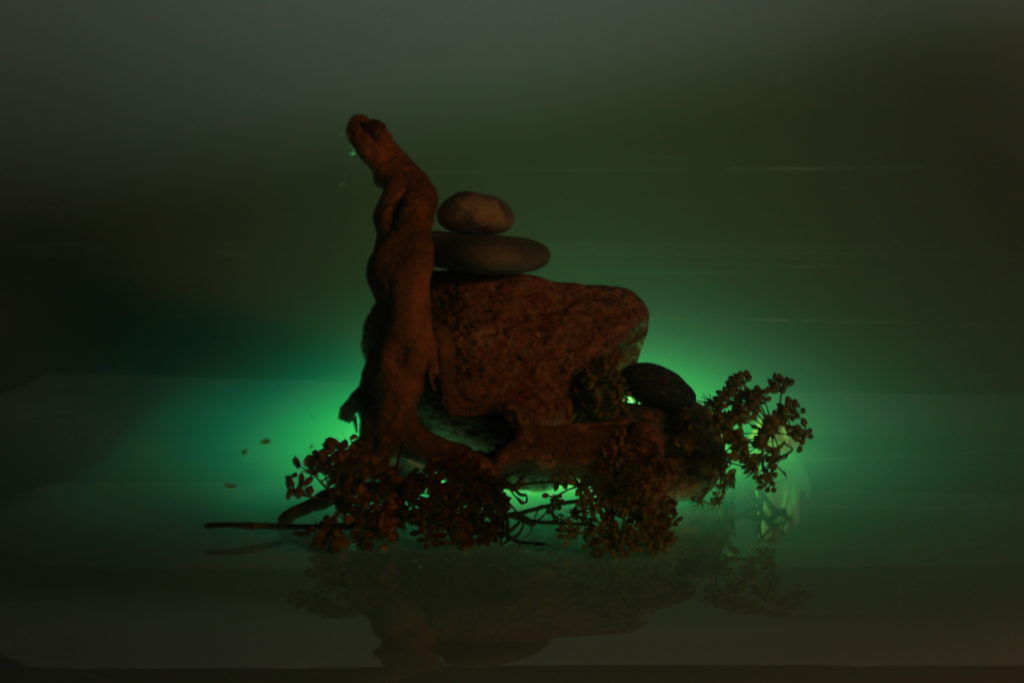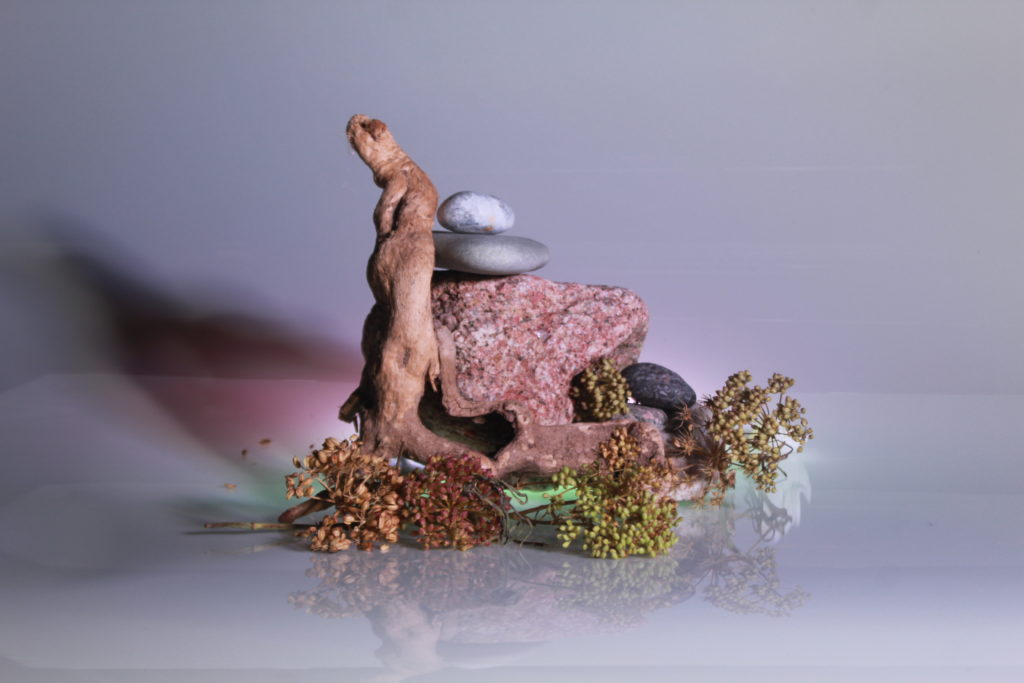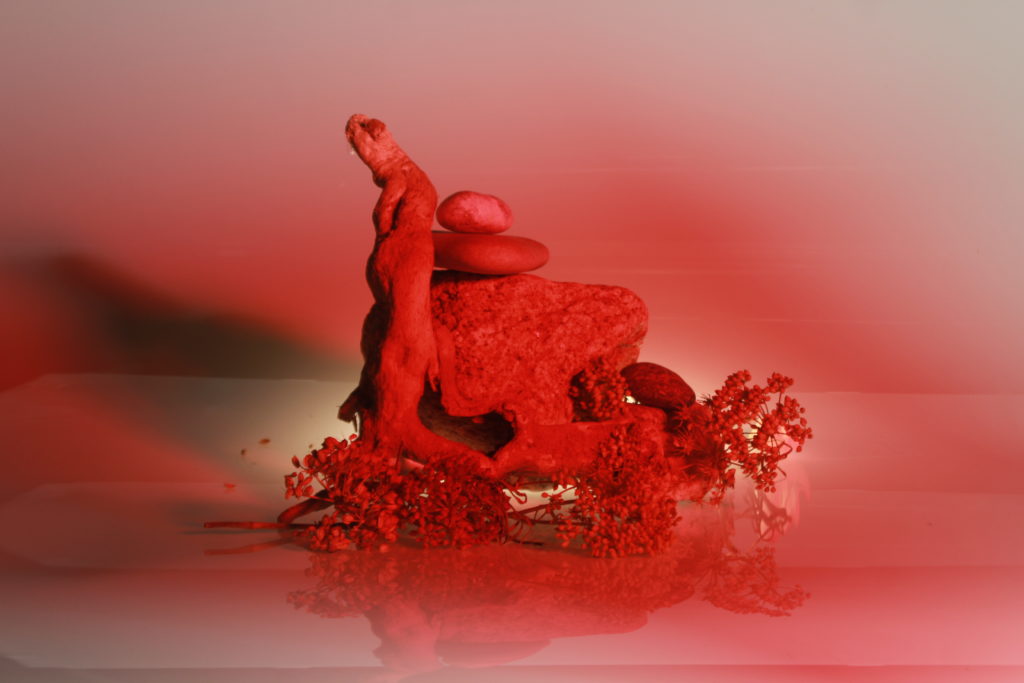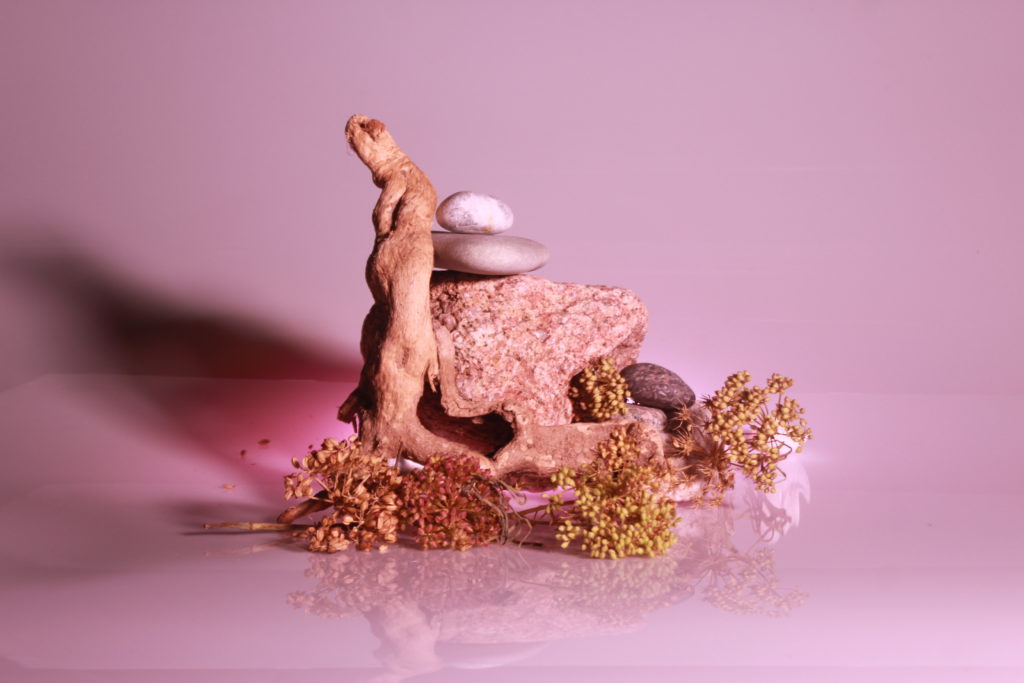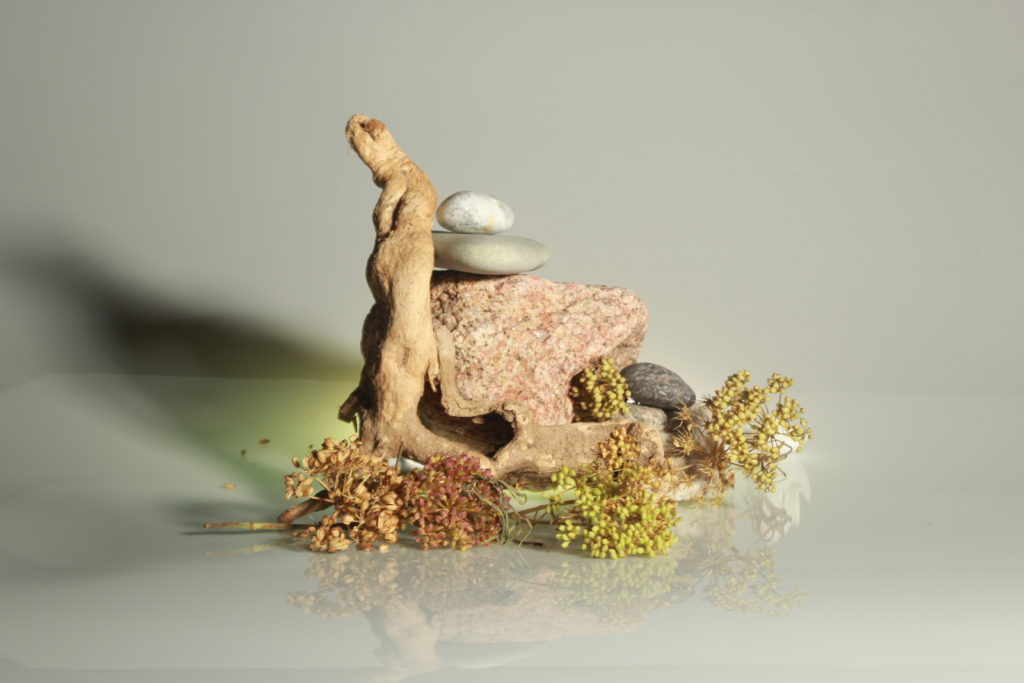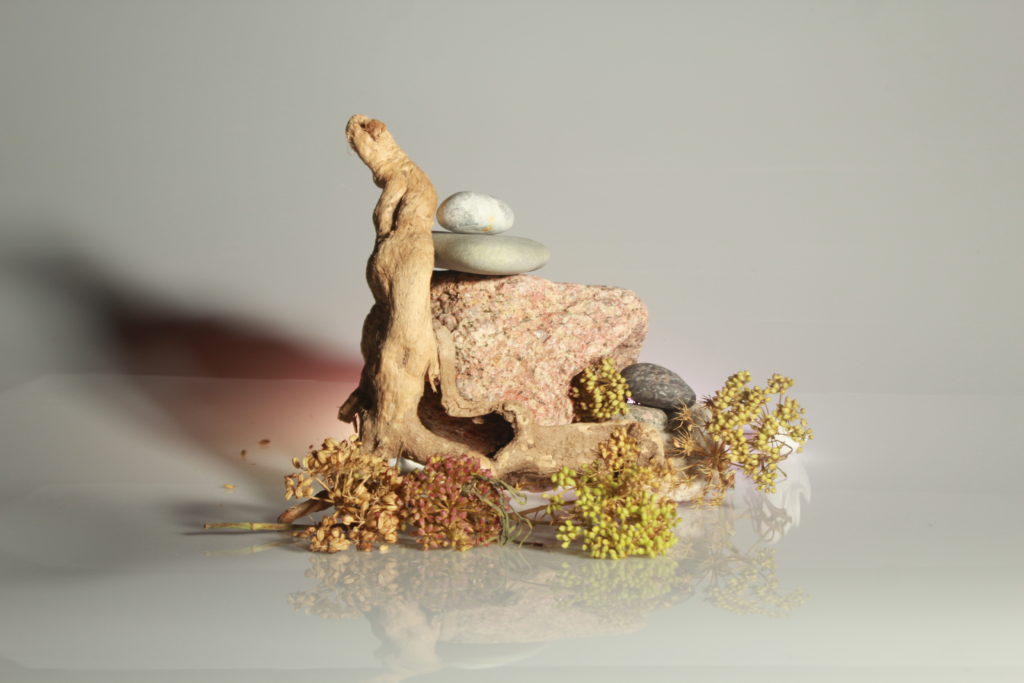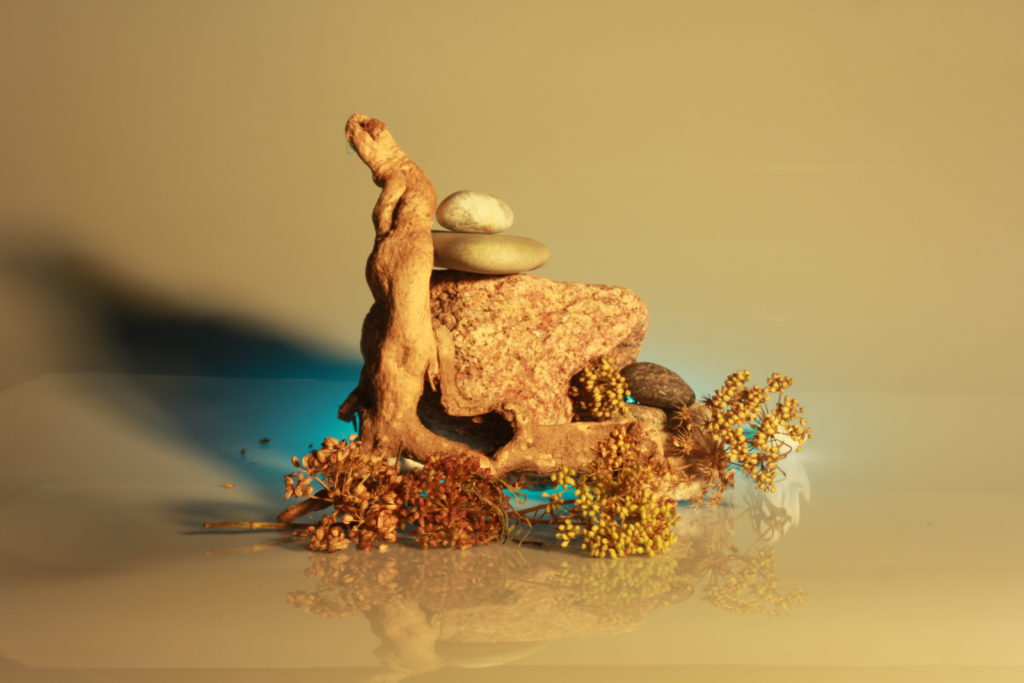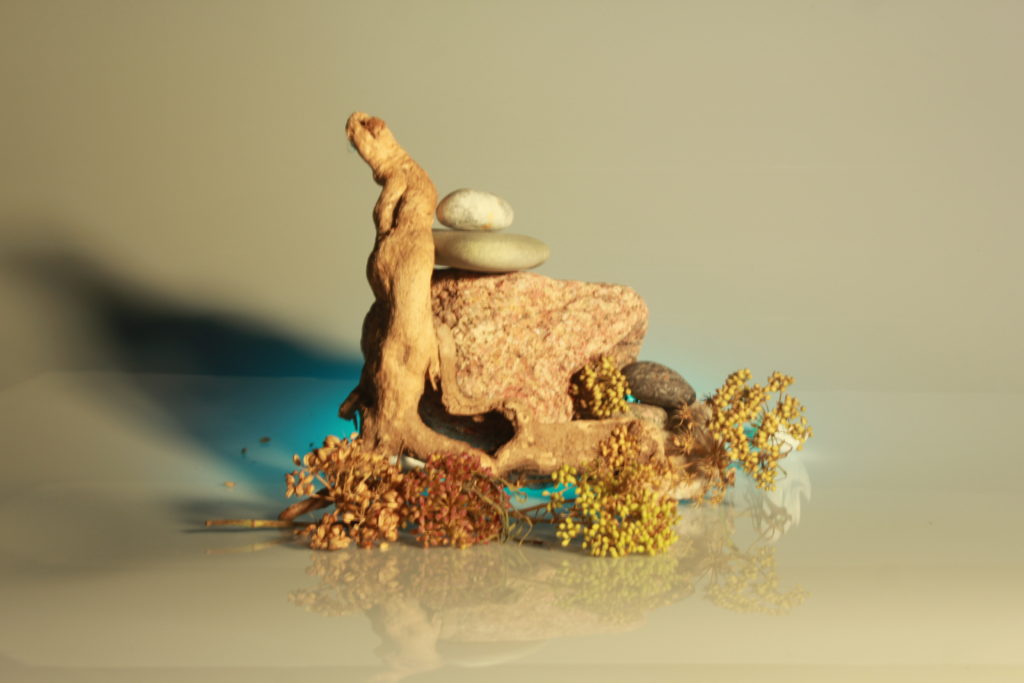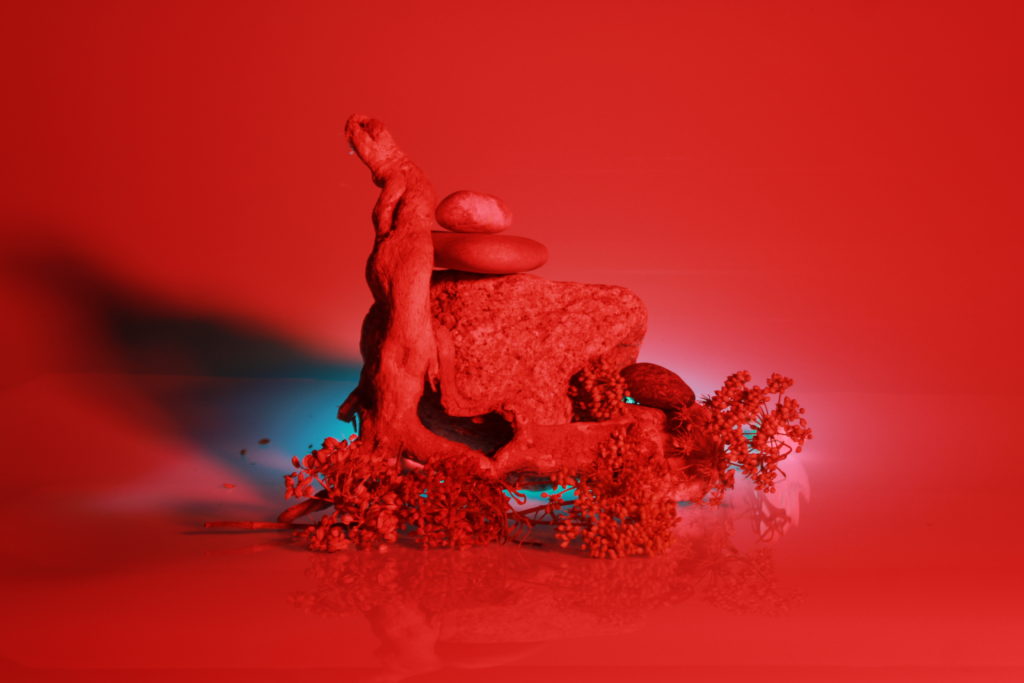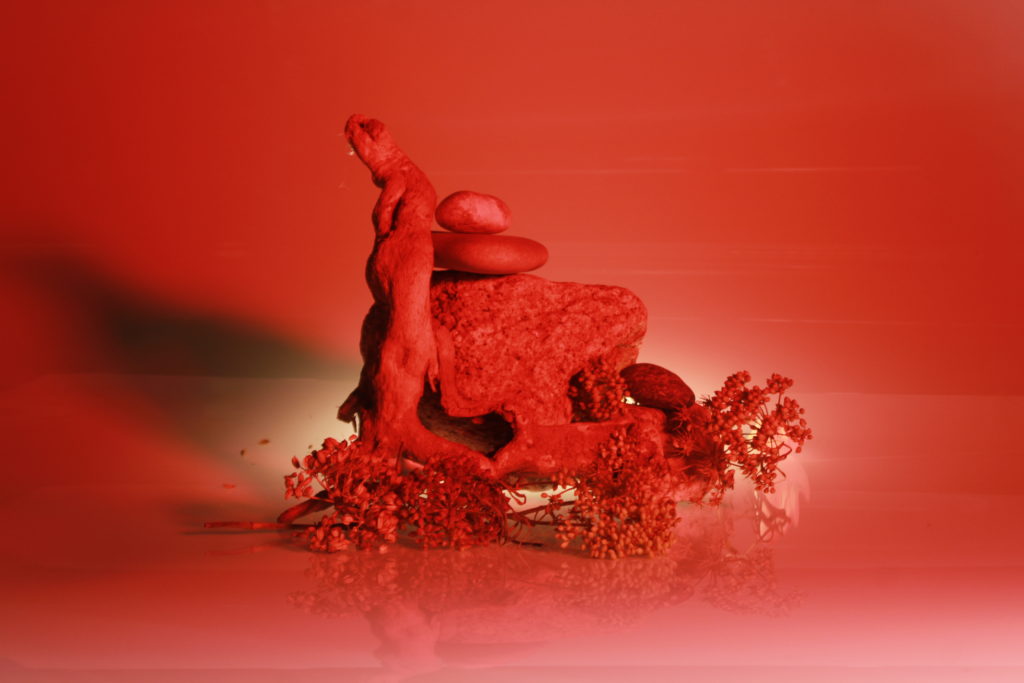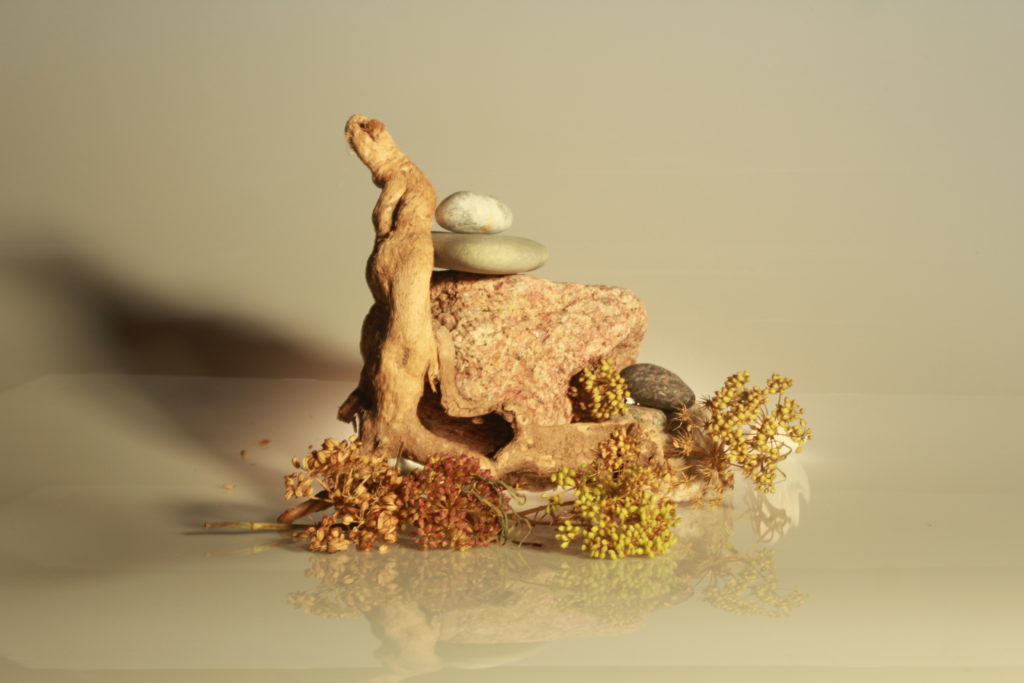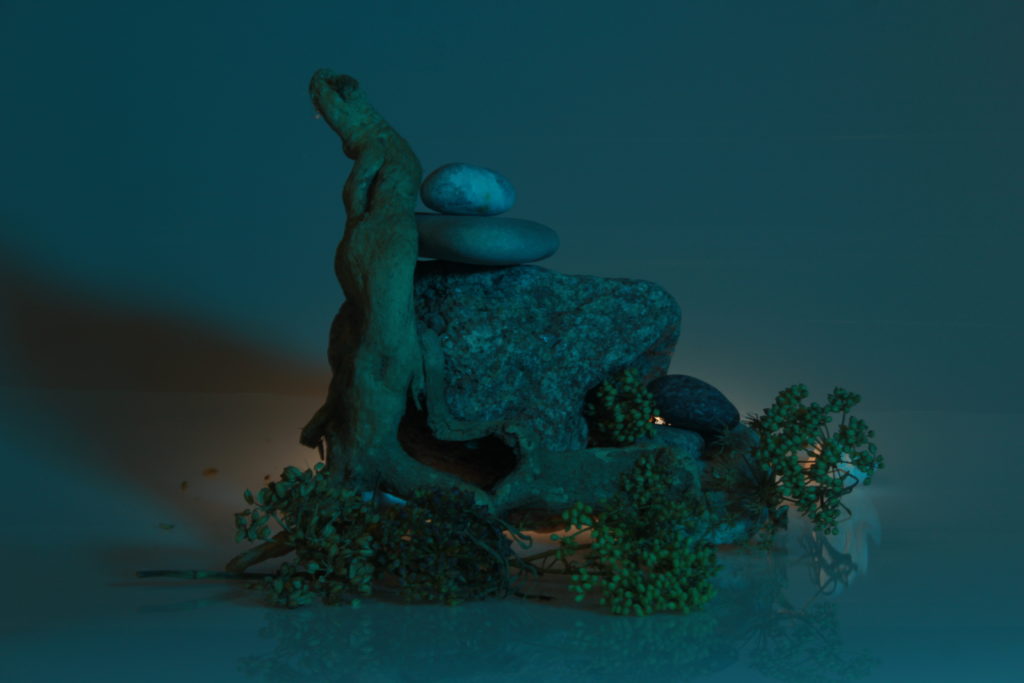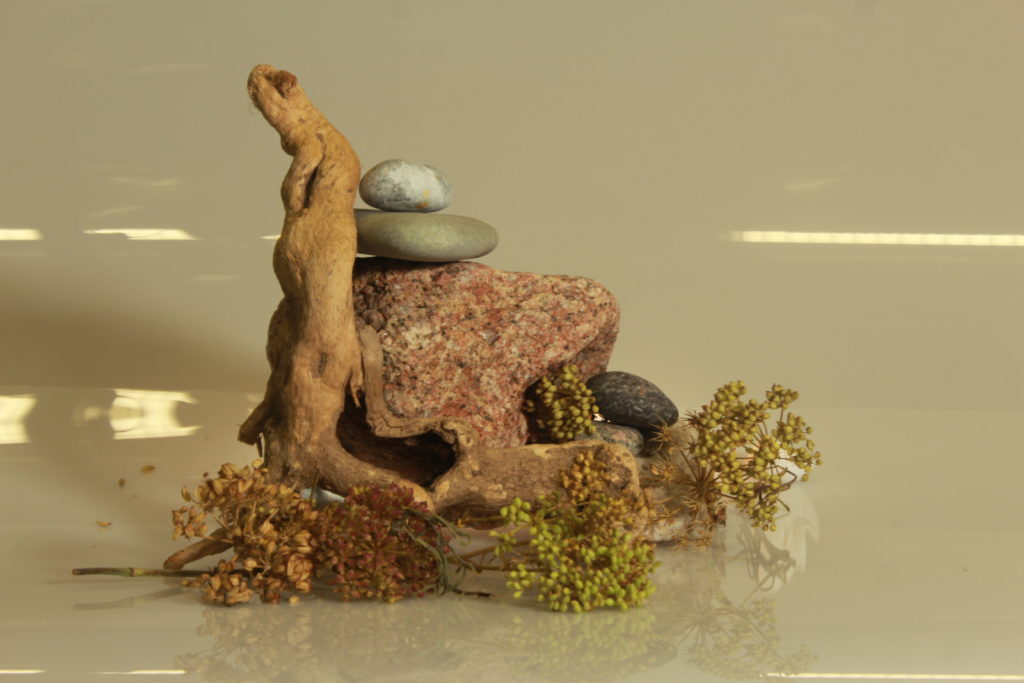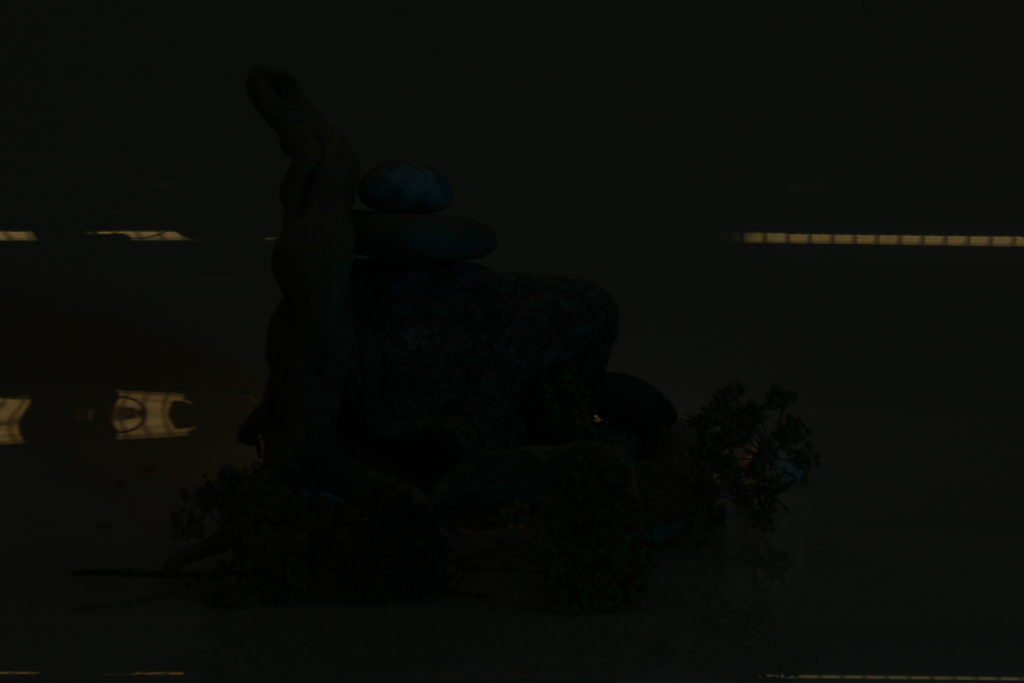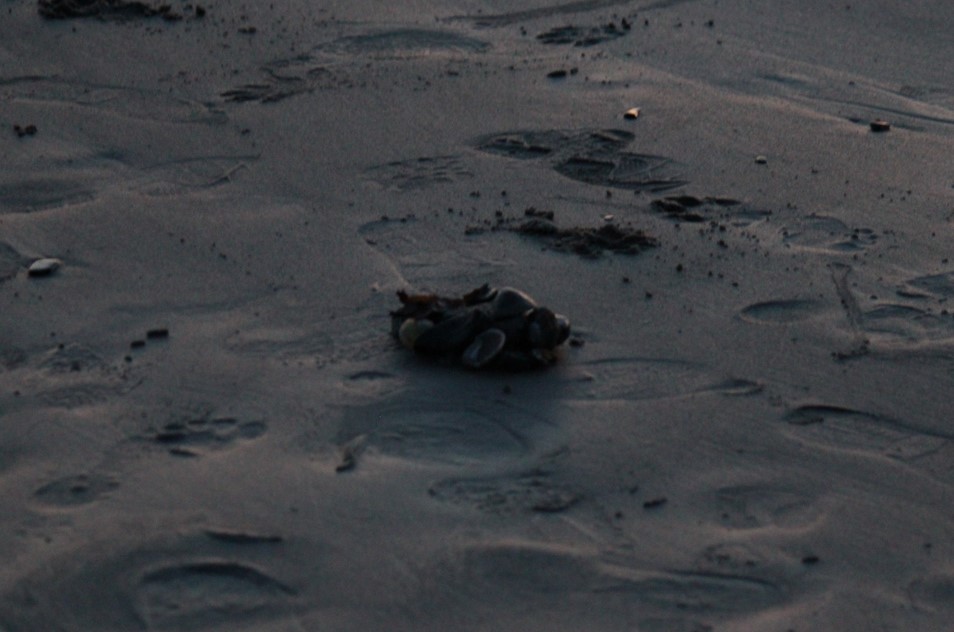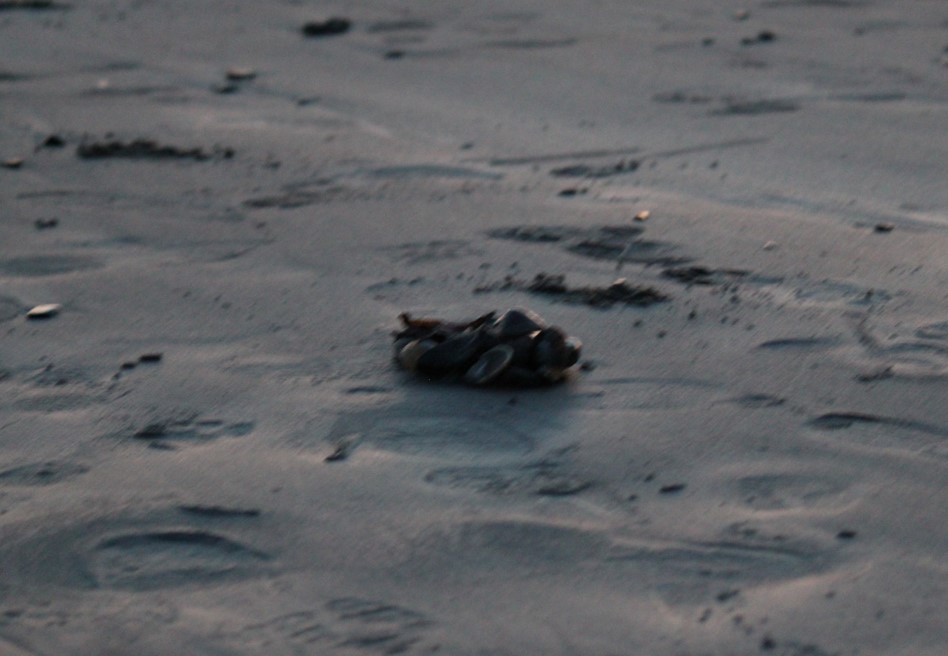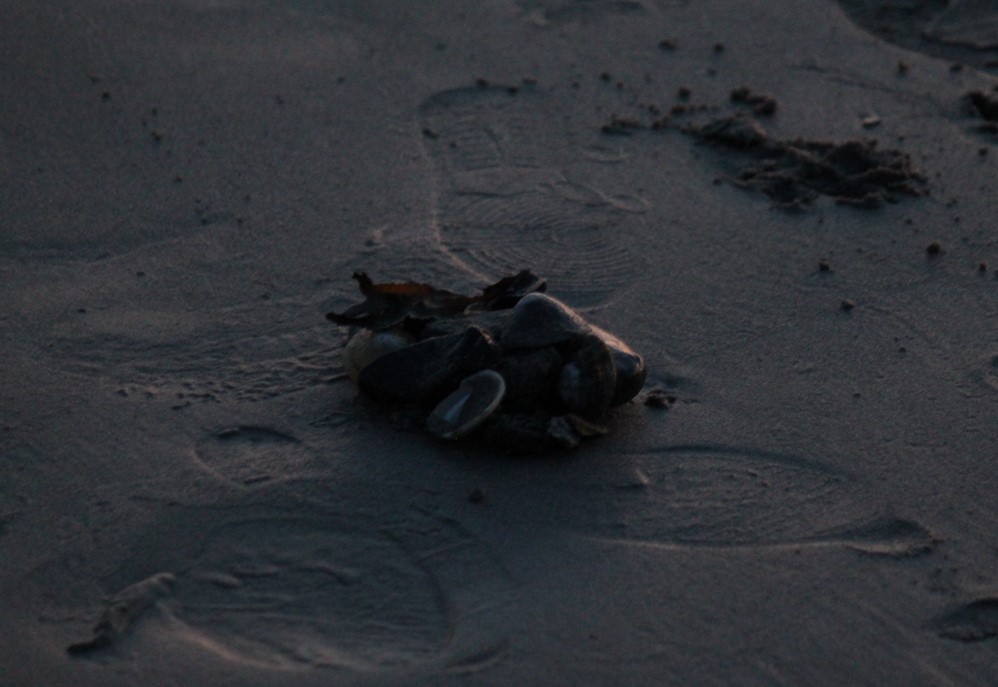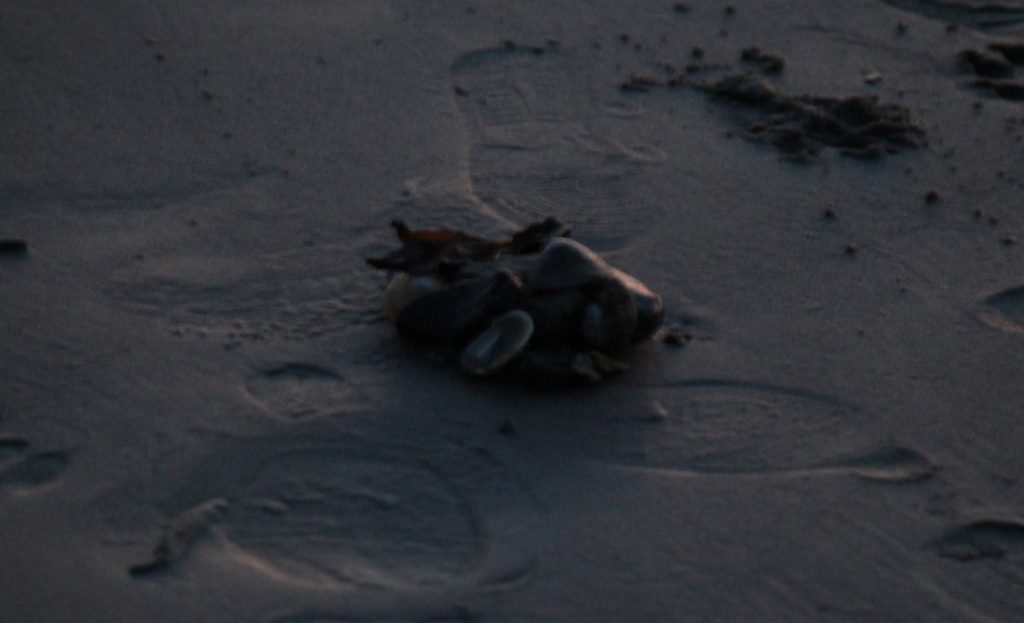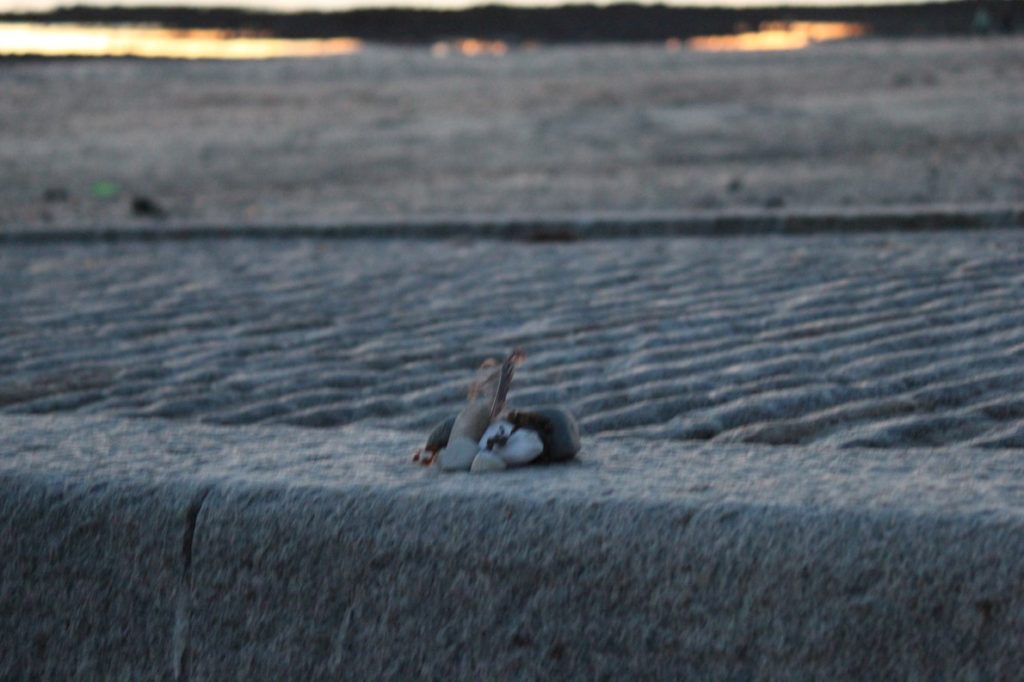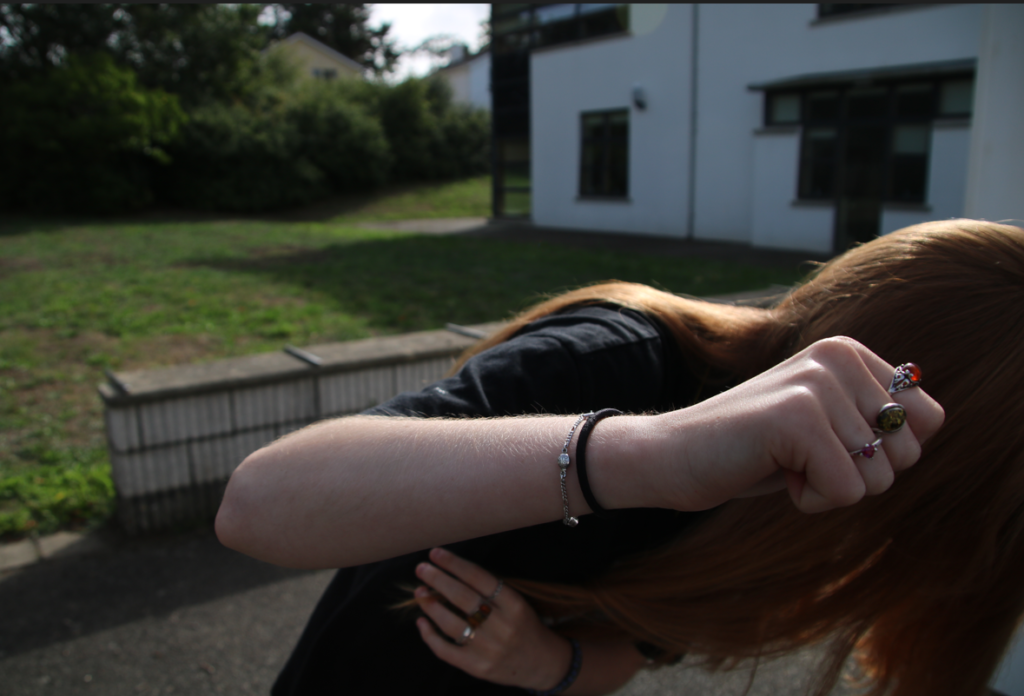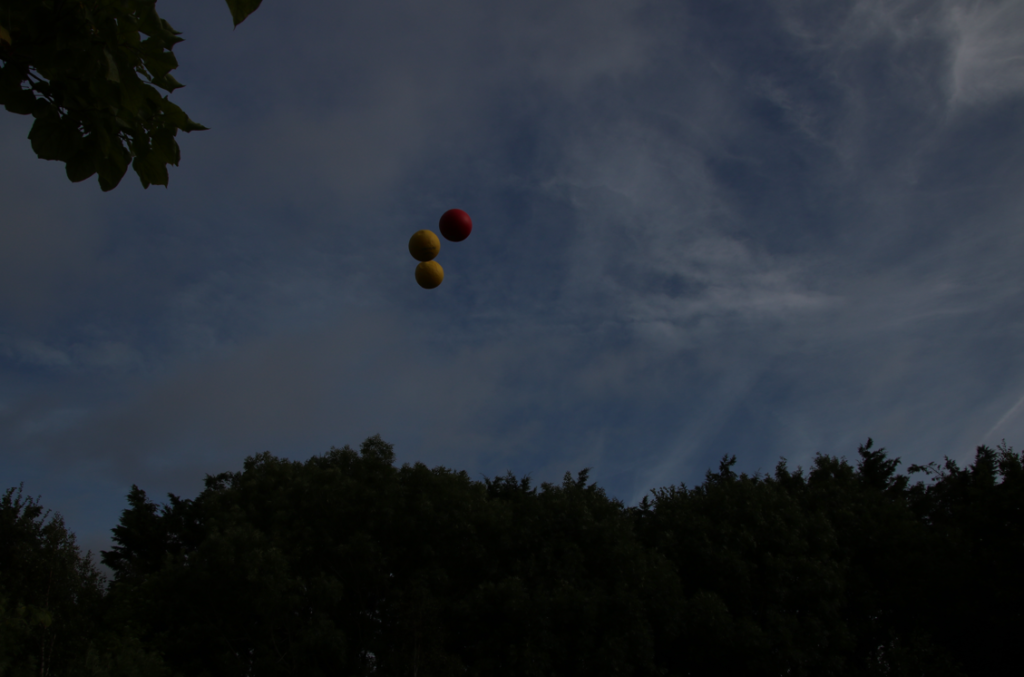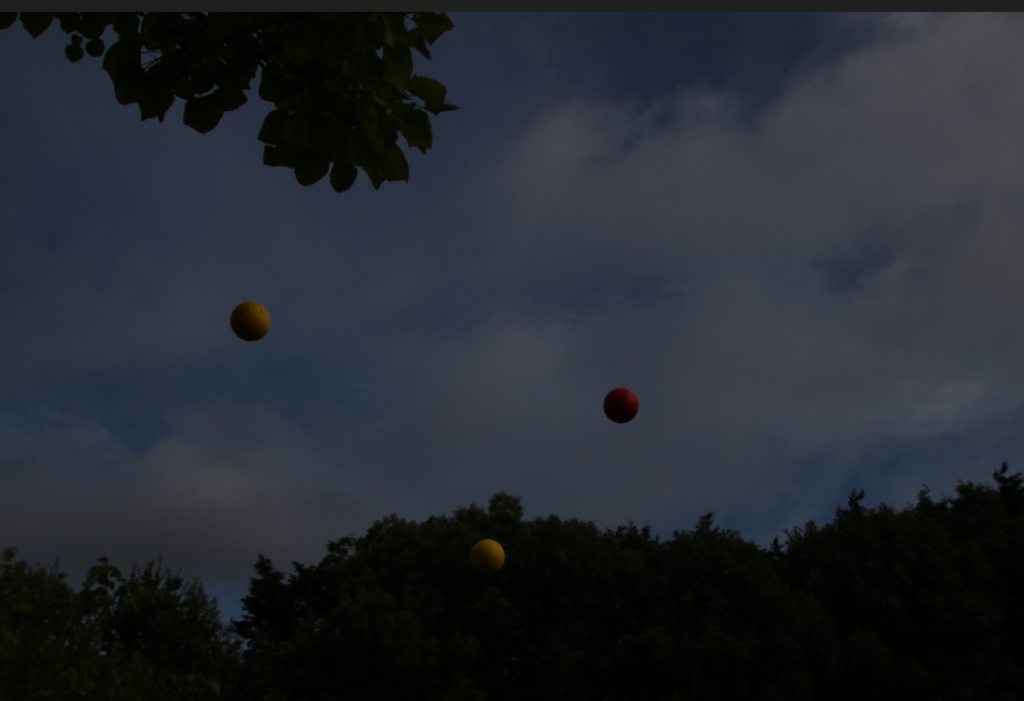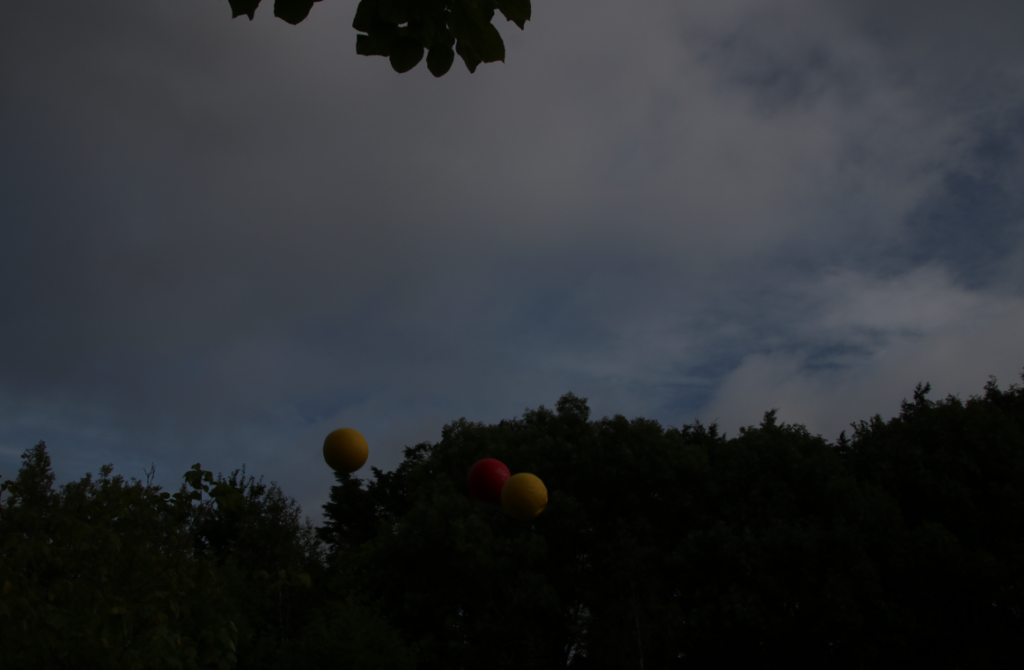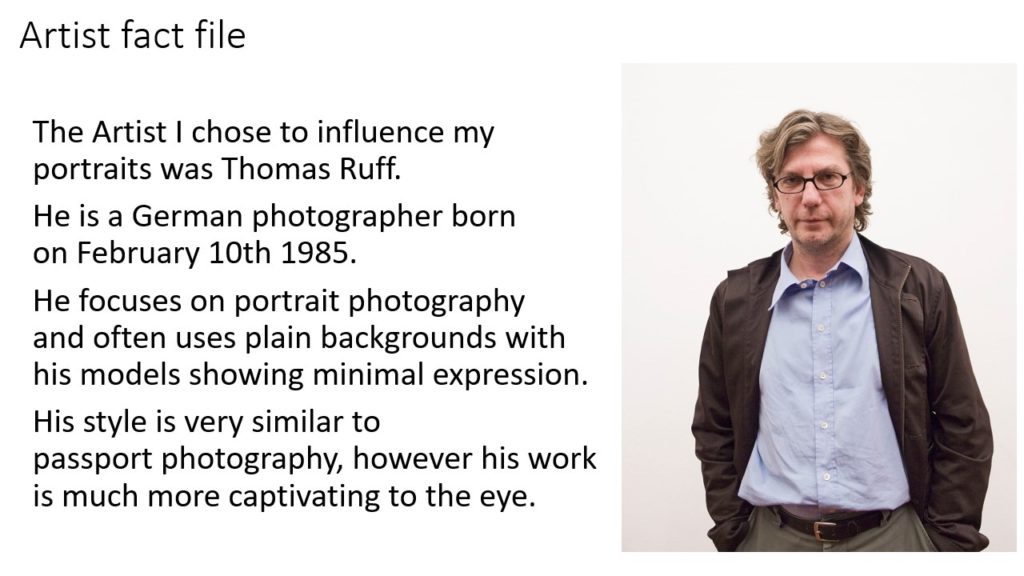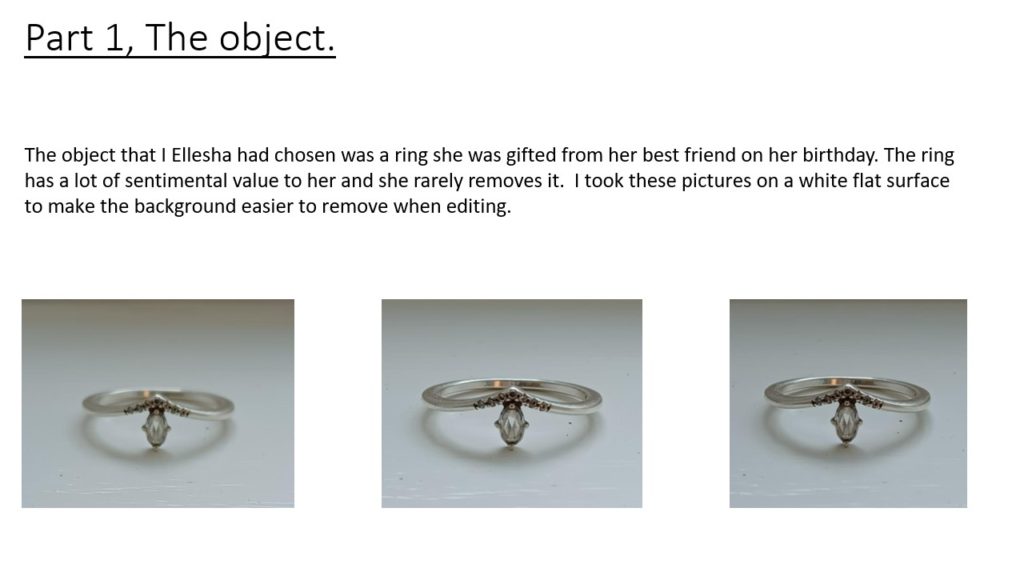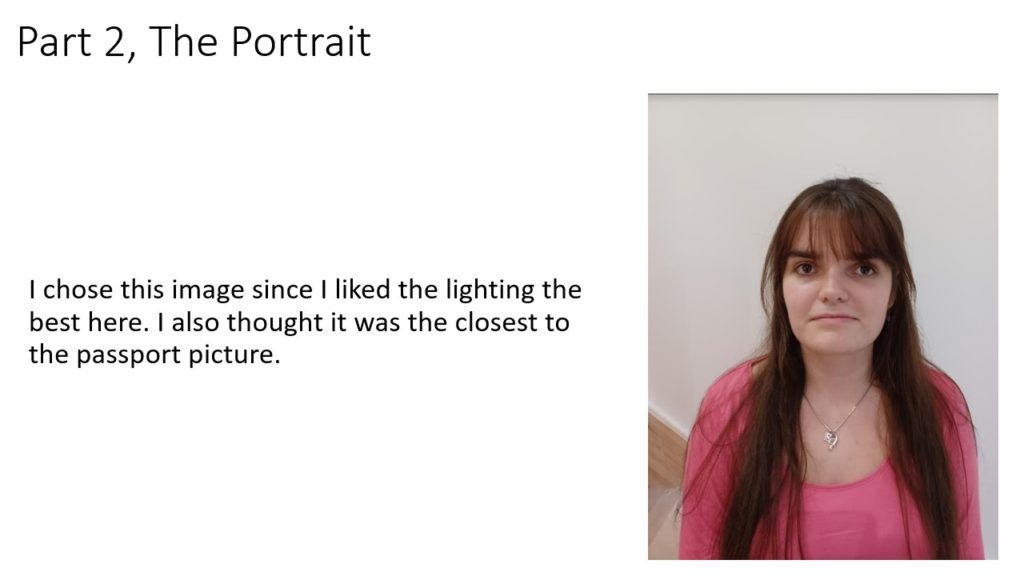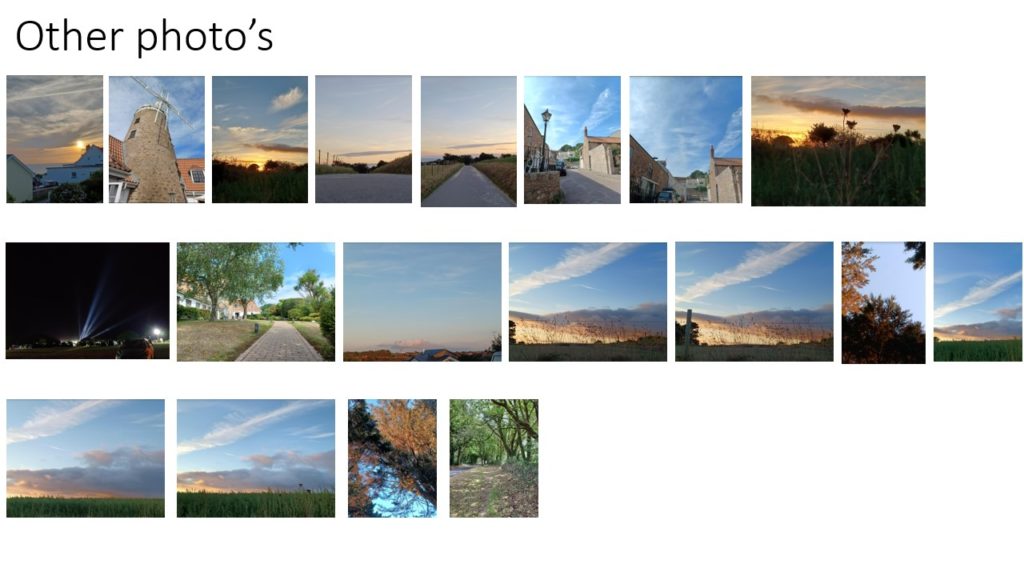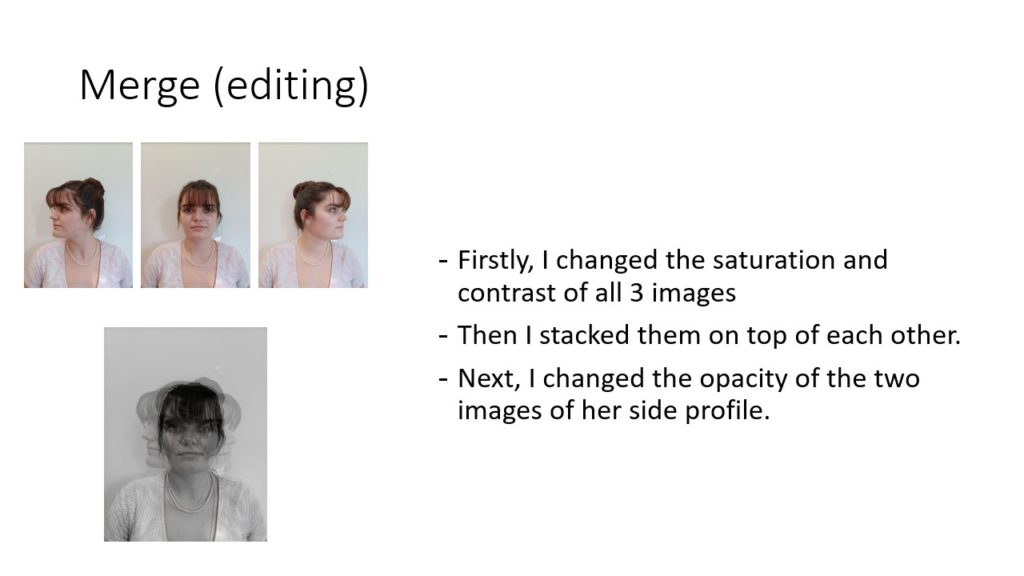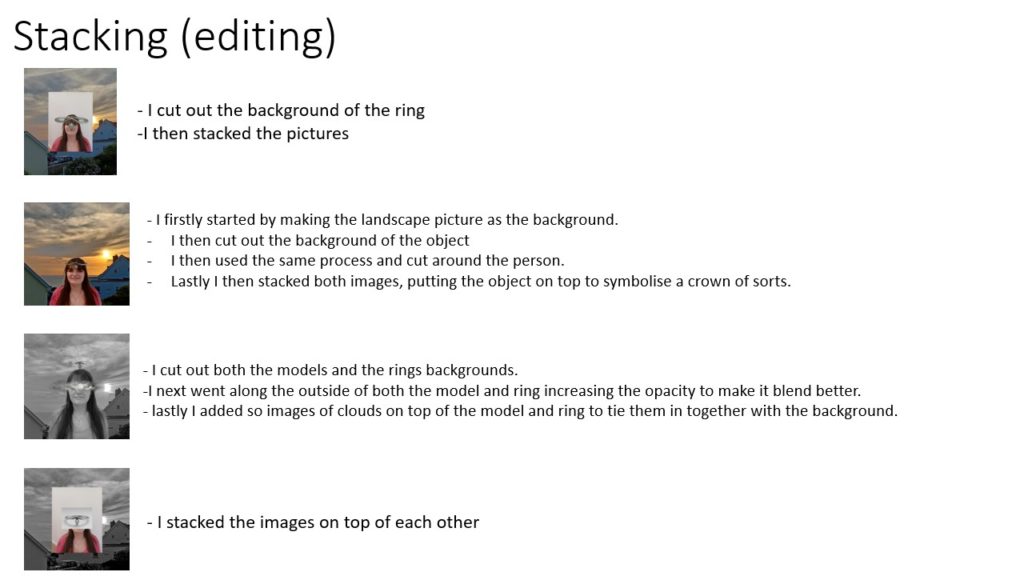What is photography?
Photography is the art, application, and practice of creating images by recording light. The word Photography literally means ‘drawing with light’, and is the process of recording an image on light sensitive film.
Photography is often used to capture the view of the photographer, most of the time using them as a way to spread their ideas and bring awareness to specific topics. It can also be used as a way to express ones self through the photos they create.
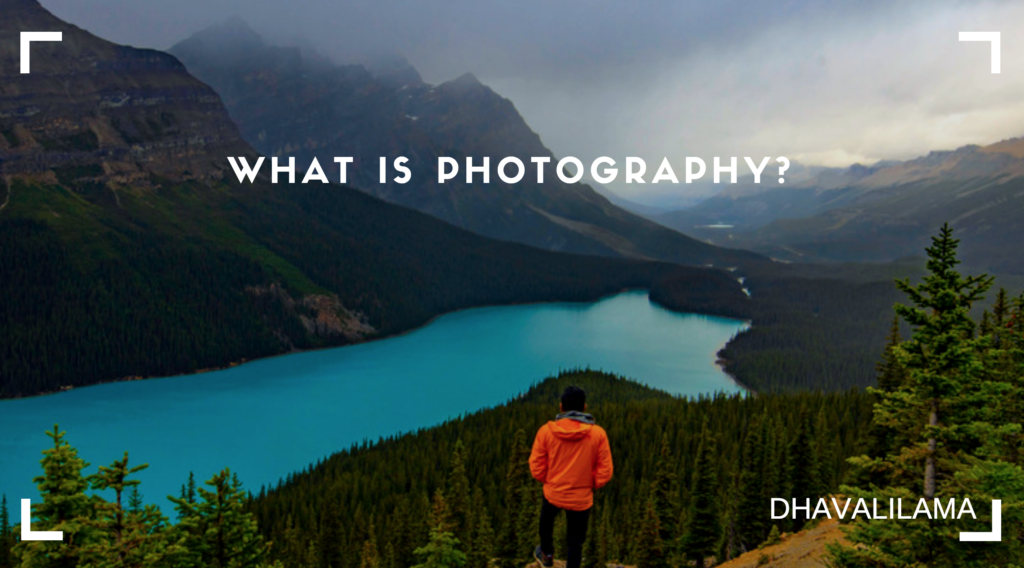
David Campany
David Campany is a British writer, artist and photographer. He was born in 1967 in London and has a PhD as well as may awards for his writing. He has also written around 20 books one being called “on photographs”, in which he talks about the meaning of photography and his own personal view on the topic.
He thought of photographs as ways to press pause on the world and to allow us to look back on said moment any time we please. He also says that although the photographs never change, the meaning behind them does, and most likely will for a long time.
He also talks about how photos can show contrasting views and meanings. An example is through his famous quote “Photographs confuse as much as they fascinate, conceal as much as they reveal, distract as much as they compel. They are unpredictable communicators”. I believe that he is trying to say that there will always be two sides to every picture, since everyone will interpret what they see differently and see a different side to the image than someone else.
Another example of his idea of contrasting would be shown in the picture below:

In the photo we are able to see a small girl smiling contrasting against the conditions in her surroundings and the gloomy grey scale the image shows. It also will allow different people to have different view on whats happening in the picture, since its mostly up for interpretation.
David also talks about the use of words and language in his book, saying about how they are there to guide photos similarly to how a parent would guide their child through life.
Words also are used to help direct the viewer and give them a better idea of what their looking at through the use of captions. Captions are small annotations just below the image giving more detail about the photograph. This is a more discrete way to get the information across but to still have the main focus on the image at hand.
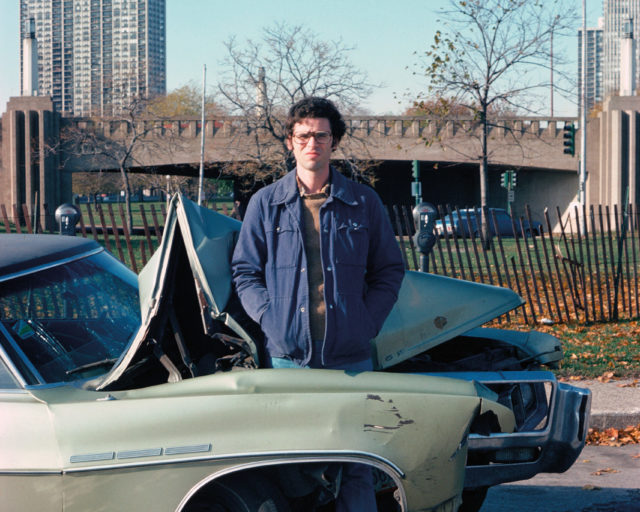
A leap into the void

Yves Klein was born on April 28th 1928 in France. He was a painter in a group but was one of the most influential artists at the time. He practised judo and at age 25 received a black belt, later going on to teach it for a period of time, even writing a book about it.
The making of the image was done by the help of a small put together team. He asked photographers Harry Shunk and Jean Kender to make a series of pictures documenting his jump while seven other people would hold a tarpaulin for Klein to land in.
There are two different versions of the photograph: one with a cyclist driving away in the background and another one, slightly darker, where the street is completely empty. The image including the cyclist was more popular and even used on the front of a popular Sunday magazine.
